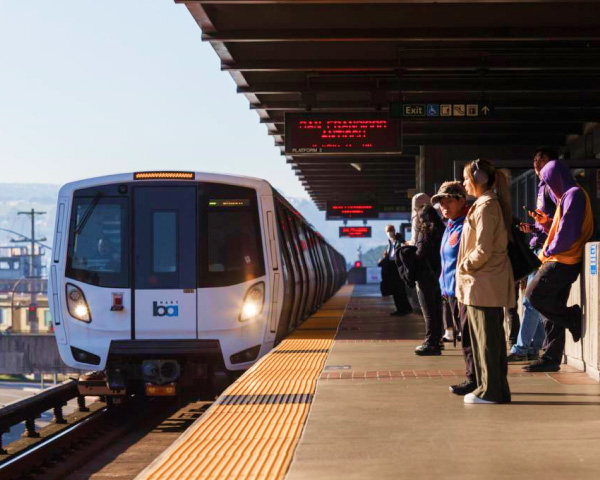Amid rising concerns about the effects of distance learning on children as well as an increasing outcry from frustrated parents over prolonged school closures, California lawmakers introduced a bill this week that would give public schools a deadline to cement plans for restarting in-person instruction.
Under the measure, Assembly Bill 10, public and charter schools would have to be ready beginning March 1 to start bringing kids back into the classroom within two weeks of getting the greenlight from the state and county to open. Schools would also see new funding to support struggling students who have suffered a loss of learning during the pandemic.
“As a father, I worry about all the learning loss occurring and the millions of kids who are falling behind as a result of our sole reliance on remote teaching – not to mention the impacts of social isolation,” said bill co-author Assemblymember Phil Ting, D‐San Francisco, in a statement. Ting's comments also referenced a recent study in the Journal of the American Medical Association that found learning loss among elementary school students could shorten their lives.
“Schools in other states and countries have prioritized in‐person learning during COVID‐19 and have done so without major outbreaks,” Ting said.
The proposed legislation leaves the power to determine what in-person education would look like with local school administrators, who could still opt to offer a mix of in-person and distance learning. Officials with some large Bay Area districts that have yet to finalize reopening plans say they’ve laid enough groundwork to meet a March 1 deadline.
For parents like Caroline Francis, who’ve grown increasingly exasperated with what they see as a slow response from local school leaders, a push from the state is welcome. “Everybody needs a deadline,” she said, “We see it as a step in the right direction.”
Francis, whose son is a first grader in Berkeley Unified School District, is a member of the recently formed group BUSD Parents for Safely Reopening Schools, one of several parent groups around the Bay Area that have been demanding schools reopen.
Francis says the state alone can’t solve the problem. “We also really want to see movement at the local level; there are more steps to be taken,” she said, pointing to nearby districts that have managed to bring kids back to campus.
The bill also expands a requirement for increasingly intensive support for students who don't attend online classes. The new legislation would require districts to create a similar system for any low-income students, English learners or foster youth who are falling below grade level.
San Francisco Unified School Board Vice President Gabriela López says her district already has some supports in place, but welcomes funding for them. “That is going to make a huge difference,” she said, adding that all the additional costs necessitated by the pandemic "have been a barrier to returning to school.”
Union leaders like California Teachers Association President E. Toby Boyd have been raising concerns about how schools can afford to meet safety conditions like contact tracing and student testing.
“Schools should be open, but only when it's safe,” Boyd said on KQED’s Forum program. “One infectious outbreak, and one death of any child would be too much, and especially on my watch.”
Dr. Jeanne Noble, director of COVID-19 response for the UCSF Emergency Department, says public health data supports reopening schools.
“Everybody worries about COVID cases, but they don’t see the numbers of what’s happening to our young people,” she said, pointing to a spike in the number of children reporting suicidal thoughts.
Noble argues schools are still closed to protect teachers, not children. "And it’s not that teachers shouldn’t be protected — of course they should. But we have a lot of creative solutions for getting kids back — even if teachers stay remote.”
—Vanessa Rancaño (@vanessarancano)

